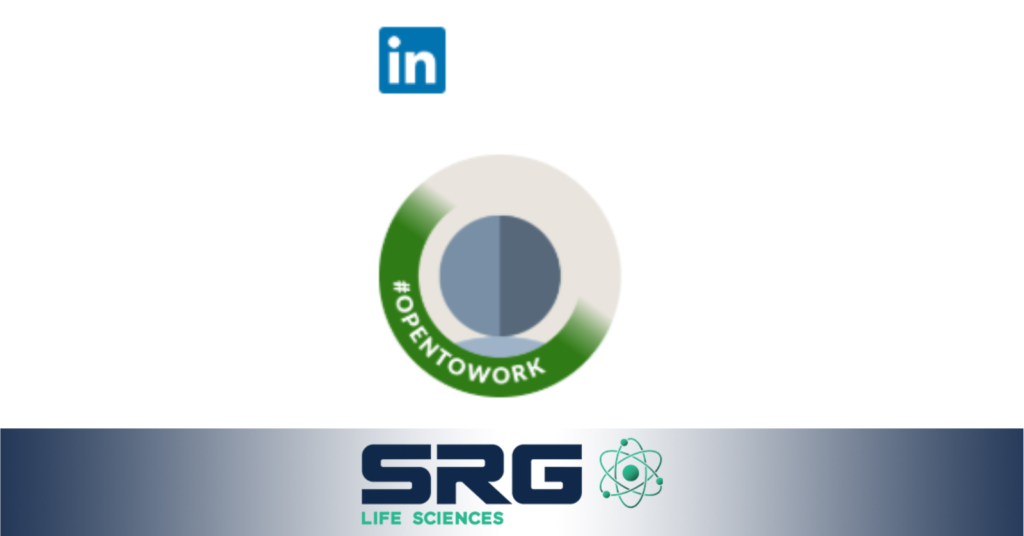Whether you’re a life science professional actively seeking out new job opportunities or one that simply wants to keep their career options open, LinkedIn’s “Open to Work” feature may help you connect with employers. However, many life science pros worry that using it may make them look desperate or that it could have other consequences.
Often, understanding what LinkedIn’s Open to Work feature does and whether it can lead to less-than-desirable perceptions by others can make deciding whether to use it easier. Here’s what life science professionals need to know about LinkedIn’s Open to Work feature.
Understanding LinkedIn’s ‘Open to Work’ Feature
LinkedIn’s Open to Work feature is essentially a way for you to declare that you’d like to hear about job opportunities from hiring managers and recruiters. Additionally, when hiring managers or recruiters perform candidate searches, LinkedIn may prioritize your profile over those that aren’t marked as Open to Work.
When active, the Open to Work feature adds a badge to your profile that shows your target job type, location, industry, and other details. Also, when it’s on your profile, it lets recruiters and hiring managers message you without them having to connect with you first.
Addressing the Perception of Desperation
Publicly – and potentially broadly – saying that you’re seeking out new job opportunities may leave some life science professionals worried that the Open to Work feature makes them look desperate. However, that’s not how it’s interpreted by hiring managers or recruiters in the vast majority of cases. Instead, they simply see it as a tool you’re leveraging to find your next position, and if you provide sufficient details about what you’re after, they may even appreciate your forwardness, as it makes finding a right-fit candidate easier for them.
Ultimately, hiring managers and recruiters take advantage of LinkedIn to find suitable job seekers who may want a position they’re filling. Since that’s the case, few – if any – would view using the Open to Work feature in a negative light.
The only potential issue is that the tool may allow your current employer to learn of your interest in opportunities, too. Whether that’s problematic may vary, but it’s critical to keep in mind before you turn on the Open to Work feature.
Setting It Up for Your Profile
Setting up the Open to Work feature on LinkedIn is reasonably straightforward. From a computer, click the Me icon and choose “View Profile.” Click the “Open to” button, select “Finding a new job,” provide the requested information, choose a visibility option in the pop-up window, and click “Add to profile.” On iOS or Android devices, tap your profile picture to begin instead.
When you set up the Open to Work feature on LinkedIn, you can choose whether it’s visible to all LinkedIn members or just hiring specialists using LinkedIn Recruiter. The latter gives you a bit of privacy, which may be critical if you don’t want your current employer to know you’re exploring other options. With it, LinkedIn even tries to prevent LinkedIn Recruiter users at your company from seeing you have the Open to Work feature active. Just be aware that LinkedIn doesn’t guarantee complete privacy even if you limit visibility to LinkedIn Recruiter users.
What to Do After You Set It Up
After you set up the Open to Work feature on LinkedIn, make sure to monitor your messenger regularly. Recruiters and hiring managers interested in learning more about you will likely contact you straight through the platform. By monitoring your inbox, you’ll spot these messages as soon as they arrive, allowing you to reach out faster.
However, it’s also wise to explore other avenues that can lead to an exciting new life science job. If you’re a life science professional looking for a new position and want to connect directly with experienced life science recruiters, the Staffing Resource Group wants to hear from you. Apply Today and SuRGe your career forward.



